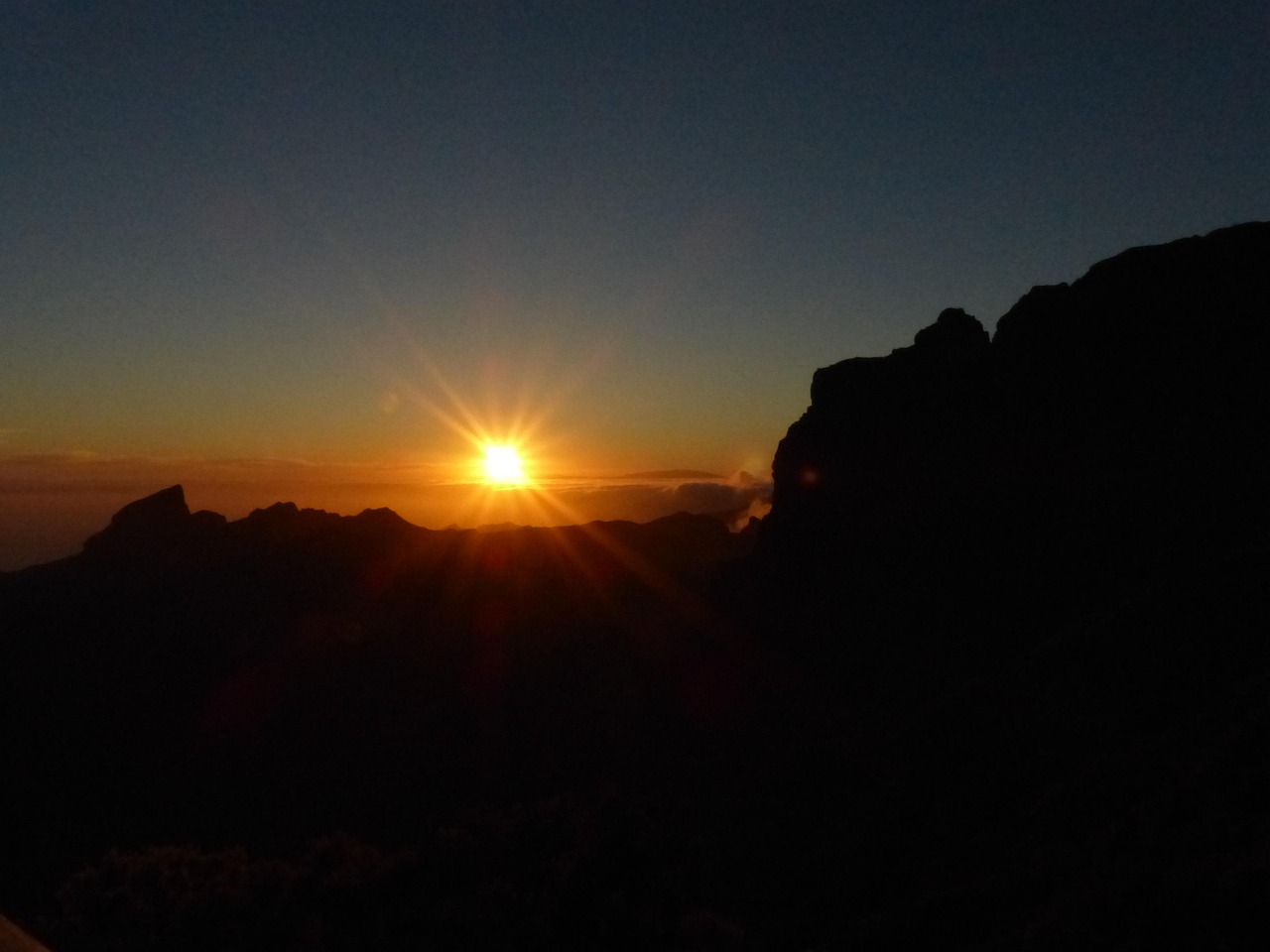(Discover many other contents on: NOWO.ONE)
Confession: I once decided to grind my own coffee just to impress a brunch guest. Half an hour, a cloud of coffee dust, and one ruined shirt later, I’d brewed the strongest (and, maybe, most awful) pot of my life. Still, the journey into coffee grinds opened a whole new world. Let’s break down real pros, cons, and some quirks of grinding coffee – with stories and science, not snobbery.
The Great Bean Debate: Whole Beans vs. Ground Coffee
When it comes to brewing the perfect cup, the question of Whole Beans vs Ground Coffee is one I hear all the time. As a passionate home barista, I’ve spent years experimenting with both, and the difference in coffee freshness, flavor, and even coffee preparation time is real. Let’s break down the truths behind grinding coffee beans and what it means for your daily brew.
Whole Beans: The Freshness Champions
Whole beans are the gold standard for anyone who cares about maximum coffee freshness. Here’s why: coffee beans are packed with essential oils that give coffee its signature aroma and taste. When beans are kept whole, those oils stay locked inside, protected from air—the number one enemy of coffee flavor. In fact, whole beans can keep their peak flavor and aroma for up to ten times longer than ground coffee. That’s not just a fun fact—it’s a game-changer for anyone who likes to savor every cup.
Flavor Preservation: Whole beans retain essential oils and flavors far better than ground coffee.
Longer Shelf Life: Expect your beans to stay fresh for weeks, even months, compared to ground coffee’s short window.
Custom Grind: You control the grind size for your preferred brewing method—French press, drip, or espresso.
Of course, there’s a trade-off. You’ll need a grinder, and you’ll spend a couple of extra minutes prepping each cup. But for me, that ritual is part of the joy. As coffee expert James Hoffmann puts it:
Grinding your own coffee gives you total control – but also all the responsibility.
Ground Coffee: Convenience in a Hurry
Let’s be honest—sometimes, speed and simplicity win. Ground coffee is all about no-fuss convenience. It’s ready to scoop and brew, perfect for busy mornings or when you’re making coffee for a crowd. But here’s the catch: as soon as coffee is ground, those precious oils start escaping into the air. That’s why the aroma of freshly ground coffee is so intoxicating—unfortunately, it’s also why ground coffee loses its punch fast.
Quick Prep: No grinder needed—just measure and brew.
Short Freshness Window: Once opened, ground coffee starts losing flavor rapidly—usually within nine days.
Less Control: You’re stuck with the grind size, which may not be ideal for your brewing method.
If you drink coffee quickly, you might not notice much difference in the first few days. But if that bag sits around, the flavor drop-off is dramatic.
My Two-Week Ground Coffee Experiment
To see just how much coffee freshness matters, I ran a simple experiment: I left a bag of ground coffee open on my counter for two weeks. The first few days, it tasted fine—nothing spectacular, but decent. By day nine, the flavor was noticeably duller. By day fourteen, it was flat, bitter, and almost undrinkable. The difference compared to freshly ground beans was night and day. Lesson learned: air is the enemy of coffee flavor.
Grinding Coffee Beans: Why It Matters
Grinding your own beans right before brewing is the single best way to guarantee a fresh, flavorful cup. Here’s what I’ve learned:
Grind Size = Brew Strength: Finer grinds make stronger, more intense coffee (think espresso). Coarser grinds are perfect for French press or cold brew.
Freshness Control: You decide how much to grind, minimizing waste and maximizing taste.
Versatility: With whole beans, you can switch up your brewing style anytime—just adjust the grind.
Whether you’re a flavor purist or a convenience lover, understanding the Whole Beans vs Ground Coffee debate helps you make the best choice for your lifestyle. For me, the extra step of grinding is worth it every time for that burst of fresh aroma and rich taste. But if you’re always on the go, pre-ground might be your best friend—just use it fast!

Get Grinding: Grind Size and Flavor (Plus Some Wild Approaches)
If you’re serious about coffee, let’s get real: coffee grind size is the secret handshake of brewing bliss. Whether you’re chasing the perfect espresso grind size for that creamy crema, or dialing in a French press grind for clarity, the grind can make or break your cup. As Scott Rao puts it:
Coarse for clarity, fine for power – every coffee lover finds their groove.
Why Grind Size Rules Everything
Grind size isn’t just a detail—it’s the foundation. Get it wrong, and you’ll taste it. Too fine in a French press? Hello, sludge. Too coarse in an espresso? Weak, watery disappointment. Here’s the quick-and-dirty:
Espresso: Needs a fine to extra-fine grind, almost powdery. This is how you get that rich, syrupy shot with a thick crema.
French Press: Loves a coarse grind. The big chunks keep over-extraction at bay and prevent a gritty cup.
Drip Machines: Work best with a medium grind, but check your filter—flat-bottom filters like it a bit coarser, cone filters a bit finer.
Mess up the grind and you’ll end up with bitter, weak, or just plain odd coffee. Trust me, I’ve been there. My first attempt at Turkish coffee? I ground the beans so fine, but still managed to over-boil it. The result: a cup of bitter mud that even my caffeine addiction couldn’t justify.
Whole Beans vs. Ground Coffee: The Freshness Factor
Let’s settle the debate: whole beans are the way to go if you want flavor. Why? The essential oils that give coffee its aroma and taste stay locked inside the bean until you grind. Once ground, those oils start escaping—fast. Pre-ground coffee is convenient, but you’ve got about nine days before the flavor fades. Whole beans, on the other hand, can last up to ten times longer if stored right. Plus, you get to choose your grind size for every brew method.
Yes, you’ll need a grinder. And yes, it adds a minute or two to your morning. But the payoff? A cup that actually tastes like coffee, not cardboard.
Burr vs. Blade: The Grinder Showdown
If you’re investing in a grinder, go for a burr grinder. Burrs crush beans to a uniform size, giving you control and consistency—crucial for dialing in your coffee grind size. Blade grinders chop beans unevenly, leaving you with a mix of dust and boulders. That means uneven extraction, and a cup that’s all over the place. For French press, too many fines create sludge; for espresso, uneven grind means weak shots and no crema.
Wild Coffee Brewing Methods: Around the World in a Cup
Not every culture obsesses over grind size the way we do. In Indonesia, coffee is brewed like tea: hot water poured over fine grind coffee in a cup, left to settle. The result is “mud coffee”—thick, strong, and not for the faint of heart. I tried this once and ended up with a mouthful of grounds, but the flavor was wild and earthy.
Scandinavians and some Middle Eastern cultures take it even further, boiling coffee with water and sometimes sugar. The grind? Anything from medium to extra-fine. The result is a bitter, robust brew that’s a world away from your local café’s pour-over.
Quick Reference Table: Grind Size & Brewing Method
Brewing Method | Recommended Grind Size |
|---|---|
Espresso | Fine to Extra-Fine |
French Press | Coarse |
Drip Machine | Medium |
Turkish/Mud Coffee | Super Fine |
Boiled Coffee (Nordic) | Medium to Fine |
Final Grind Size Truths
Grind consistency is vital—burr grinders win every time.
Match your grind to your coffee brewing method for the best flavor.
Don’t be afraid to experiment—sometimes, wild approaches lead to new favorites.
Whether you’re chasing clarity or power, your grind is your groove.

Choosing, Calibrating, and Fudging Your Grinder (Because Perfection Is Overrated)
Let’s get real: the world of coffee grinders is a wild, wonderful, and sometimes messy place. If you’re like me, you’ve probably stood in the kitchen, coffee beans in hand, staring at your grinder and wondering if you’re about to make magic—or just another cup that’s “good enough.” Here’s the truth: there’s no perfect grinder, and perfection isn’t the goal. The real joy is in the journey—choosing your grinder, calibrating it, and yes, fudging it when life (or your beans) throws you a curveball.
First up, let’s talk Coffee Grinder Types. Blade grinders are the entry-level heroes: cheap, fast, and easy to find. But they’re also a bit chaotic, scattering your grind sizes like confetti. If you’re after consistency, a Burr Grinder is your best friend. Burr grinders cost more, but they crush beans between two plates, giving you a uniform grind size that’s perfect for extracting balanced flavors. The difference is real—uneven grinds from a blade grinder can lead to over-extraction (bitter) and under-extraction (sour) in the same cup. Burr grinders, on the other hand, are all about control and precision. But even the fanciest burr grinder isn’t set-and-forget.
That brings us to Coffee Grinder Calibration. Here’s the secret: every new bag of beans is a new adventure. Coffee is a living, breathing ingredient, and natural variation means you’ll never be truly “done” calibrating your grinder. Even if you splurge on a top-tier burr grinder with all the bells and whistles, you’ll need to tweak your settings with each batch. Grinder calibration is essential, and the best way to do it is incrementally. Start with a baseline grind size for your brew method—coarse for French press, medium for drip, fine for espresso—and adjust in small steps. Taste, tweak, repeat. That’s the real art of coffee making.
Don’t panic if your grind isn’t perfect. Even coffee pros mess up sometimes! As Mark Prince wisely said,
Your grinder is your paintbrush – don’t be afraid to make a mess.
The best coffee is the one you enjoy, not the one that follows a rigid rulebook. If you find your coffee is too bitter or too weak, adjust your grind size while the grinder is running. This quick fix lets you fine-tune in real time, especially handy if you’re in a morning rush or experimenting with a new roast. Remember, grind consistency affects both flavor extraction and brewing time, but the only way to find your sweet spot is to experiment.
Let’s not forget the Coffee Grinder Features that matter. For blade grinders, simplicity and speed are the main attractions, but you’ll sacrifice precision. Burr grinders offer adjustable settings, letting you dial in the exact grind size you need. Some models even let you calibrate for different brewing methods at the turn of a dial. But regardless of features, the most important tool is your willingness to play, taste, and adjust. Each bean batch behaves differently—what worked last week might need a tweak today. That’s not a flaw; it’s the fun of the process.
So, what’s the bottom line? There’s no “perfect” grinder, and there’s no single right way to grind your coffee. The best approach is to embrace the mess, enjoy the process, and trust your taste buds. Whether you’re using a blade grinder for speed or a burr grinder for precision, remember that calibration is a journey, not a destination. Try, taste, repeat. That’s how you find brewing bliss. And if you ever feel lost, just remember: your grinder is your paintbrush—so don’t be afraid to make a mess and discover your own masterpiece, one cup at a time.



